Editor’s Note:
This is the first in a three part series by TPS Method Coach John Romanowski who hates being called a coach.
John delivers an angry diatribe and a clear technical insight & breakdown of the Squat.
Lot’s of training gold in this one kids!
Prologue
I am not here to proclaim myself as a “coach”.
Personally, there are too many fucking “coaches” and not enough mentors in life. This is undeniable in the fitness & strength industry. This would also include “life coaches” and “self-help” coaches. The amount of coaches in the “internet” world is not unlike balls in a movie theater.
Fuck packed.
Yet, I do recognize the fact that a particular individual (with relevant, undeniable, and valuable experience) is necessary for assisting and guiding others through powerlifting and growth in general. Even rarer is a person that can do it without some bullshit, cliché apparel company and touting some supplement horseshit your way.
As a result, I typically view these individual to be more than “coaches”; individuals that are brutally honest but rarely flinch in support.
To me, “coach” is a term that restricts an individual’s worth and general sense of what they can offer. Subsequently, I absolutely refuse to call myself a coach. I see myself as a brutal and self-learning reality check; a force that supports but refuses to coddle.
Furthermore, my general attitude does not match up with your typical “coach. I am not a cheerleader, I can fully operate and contribute with little to no verbal communication, and I keep an exceedingly small network. I am also upfront and brutally honest & self-critical (I treat myself with no difference). Do not come to me to blow smoke up your ass. If it looks like shit and smells like shit…you guessed it.
It is shit.
I find 99% of “elite powerlifters” boring and absolutely despise medals. Medals are cheap forms of validation. Plus, I think it is a bit narcissistic to show yourself with all your medals in the background is some fucking shrine-like display.
That is just my two cents.
With all this said, I am simply some guy that, at the very most, is knowledgeable.
Nothing more.
Nothing less.
My aim with this article/discussion is to incite individual insight in one’s technical execution and self-evaluation.
With that, here we go.
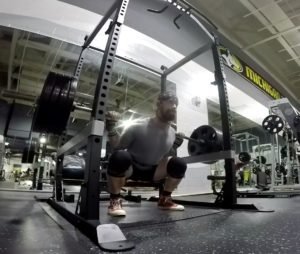
The Squat: A Technical Insight & Breakdown in 3 Steps
With any of the big three (squat, bench, deadlift) recognizing, understanding, and adjusting technical flaws is not an easy task (simple, yes). It will take time (aka years), above average insight, and a fairly keen self-insight to do such a task. Furthermore, each movement is a complex concert between musculature control, nervous system actions, and behavioral habits (e.g. sleep, nutrition, stress). Keeping this in mind, I am focusing strictly on the former and not the latter two.
The latter two components are where the extreme individual variables lie.
Forgoing the physiological variations between individuals, the squat can be categorized into three large portions:
Rooting
Bracing
The “upper back and stack”
Within these categories, you have several large muscle groups (ideally) working together: posterior chain, quads, and the upper back.
Do note that an ideal scenario begets all said muscle groups working equally but ideally is not common. In other words, individuals may be quad dominant or back dominant. As a result, their technical execution is dominated by that muscle group (in terms of what is working the most).
Yet, I digress.
Focusing on squat evaluation, a person can approach top to bottom or bottom to top.
For me, I will approach the squat from the bottom first and build upwards.
The Squat: A Technical Insight & Breakdown Step 1: Rooting
This is where the squat begins, continues, and finishes.
Cues and analogies are numerous.
The first one that comes to my mind for rooting is the “tri-pod” (TPS, CJ Murphy).
At all times, there are three points of contact on the foot that are paramount: the end of the first metatarsal, the end of the fifth metatarsal, and the heel.
In plain English: the big toe, the pinky toe, and the heel.
The key factor is equal distribution of force between all three points of contact.
Here is where the first domino falls with technical execution and overall bottom stability. Too much force in the front of the foot will leading to a forward shift (and possibly excessive torso lean) and too much force on the heel can instigate a backwards fall/motion. For the latter, I tend to visualize it as squatting “flat footed”. Someone who is flat footed is more susceptible to movement and general outside forces.
From here, the next domino to fall is the knee position.
The common flaw here is the collapsing of the knees inward (There is some fucking fancy term for it but does not matter. You can polish a turd, it is still a turd). From this perspective, I would also tend my focus towards the individual’s adductors and abductors. The cliche saying is strong knees equals strong hips but weak hips equals weak knees.
Yet, that is for another discussion and likely with it a fair share of debate.
My visualization of “rooting” does not solely focus on the foot.
For me, “rooting” is from ankle to ass. In other words, complete tension from foot to hip. What I mean by “complete” is tension and engagement of the entire leg.
Not just the fucking foot.
Another way I visualize it is completing a bridge between my feet and my ass using tension as that “bridge”. Yet, the primary way for me to focus on this technical feature is through repetition. Not just a fucking shitload but a meaningful amount.
I aim using the Goldilocks approach: not too much but not too little.
At this stage, it becomes completely up to the individual on how to “figure out”.
There is a whole slew of squat variations, specialty bars, and repetition styles that are applicable here for the individual.
The subtle but profound trick is selecting the most proficient methodology to encourage efficient rooting. In the end, there is no need to over complicate the practice.
Keep what works, adjust what needs to be tweak, and absolutely discard the worthless.
Questions to ask yourself when self-evaluating:
-
Where do you feel the weight in your feet?
-
Do you recognize when you are out of position?
-
Can you understand and adjust accordingly during reps and/or setting up heavier sets?
The Squat: A Technical Insight & Breakdown Step 2: The Brace
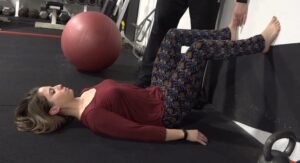
Progressing upwards from the root, the brace is next on the squat cake.
Yet, not simply bracing for fucking bracing sakes. Active and meaningful bracing (e.g. Not holding the fucking air in your mouth and throat). As with the rooting, effective bracing is a skill and a rather elusive one is well.
It bleeds over into the deadlift and the bench as well.
From an outside perspective, outside of the obvious signs, bracing can be tricky in identifying. Sure, one can push the fingers against their own torso but you should not need to do so…perhaps. When I typically see a caved upper back and chest, I go to what is directly underneath it (the brace).
Sure.
An individual can compensate a failed brace with dominant morphological features (e.g big legs/back) but a failed brace is going to cause some pain. There is no getting around the middle section of the body (plus…apparently…the spine is important).
As I mentioned previously, the “bridging” aspect with root can also be utilized in the brace. The brace is the bridge between the tension and rooting in the legs and the upper back shelf (Our body is just a bunch of skeletal dominoes in all honestly).
At this point, novice and intermediate lifters have heard the phrase “breathe into the belly” a million fucking times. At the core, the saying rings true but rarely does an individual actively engage it (at least at first).
Furthermore, it can be misleading to a degree because an active brace is cylindrical; the brace encompasses the abs-obliques-lower back. Like rooting, proper bracing with squat practice reigns over anything for me. Yet, training an effective brace can be reinforced outside of the squats; I figure any movement outside of the squat I can sneak an active brace in, I will do it.
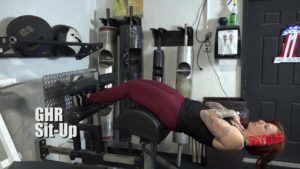
This includes ab pull downs, GHR sit ups, reverse hyperextensions, planks, deadbugs….choices abound. As said before, choice comes down to what is effective and what is wasting fucking time.
From here, we reach the top layer: the upper back and stack.
The Squat: A Technical Insight & Breakdown Step 3: Upper Back and Stack
This last portion focuses on strictly the upper back AND the individual’s ability to stack it on top of the brace and root.
This does include the overall strength of the upper back in addition to the technical relevance. That said, one can have a strong root and brace but fail at the upper back. Setting aside the possible underdeveloped muscles of the upper back, the strength of the upper back shelf (can also be referred indirectly as the “T-Spine”) is strongly determined by how the individual sets up and using the upper back. As we all know, the upper back is the only contact point with the barbell. As a result, how one sets up the bottom can directly correlate to how someone “handles” the bar.
Questions to ask yourself:
-
Do you perform a stripper squat? (Also known as a good morning squat)
-
Do you “giraffe neck” during a squat (In other words, do you stick your neck out?)
-
Does the barbell roll up your back/neck?
-
Can you recognize when your upper back (and subsequently your chest) caves?
As does a broken record, practice this using the squat is king.
The ability to stack and use each of the stated squat components is difficult (especially with max weight AND sub-maximal weight).
You cannot have two with one failing and expect a quality squat.
Understanding how to use your upper back AND stacking it properly on the brace and root is a much different game than just hearing it being repeated by some coach. In the end, I would suggest having a wide base for attacking and strengthening these components.
Implement what is always helpful and introduce highly specific squat variations to double down on these.
If this means hiring outside help, fucking do your research (DO NOT simply go to people with “X” amount of world records).
If this means working with a training group, so be it.
Do caution yourself with group settings. If you provide something to the group and you do not get a return, get the fuck out or train on your own.
Create and maintain a small fucking network.
Epilogue
At this point, I was highly conflicted on write this article. One side is meant to help but another recognizes that this information is already fucking out there. I often ask myself is there anything I could offer to powerlifting that is not already here.
My answer: a resounding fuck no.
I will say if one needs to watch numerous videos that say the same thing but in different words, fucking eliminate most of it.
Focus on one and build on that one.
Establish your own shit and slowly assimilate valuable information from the external.
About John:

John is a former in house TPS Method coach who is now working for us remotely from the backwoods somewhere.
He is a competitive powerlifter with best lifts of:
- 1224 total at 82.5 kg.
- 430 squat
- 254 bench
- 540 deadlift
He’s also wicked smart with an in M.S biology
Concentration: Microbiology, cellular and molecular biology, phylogenetics.
Try the TPSMethod.com for free.
No Risk!




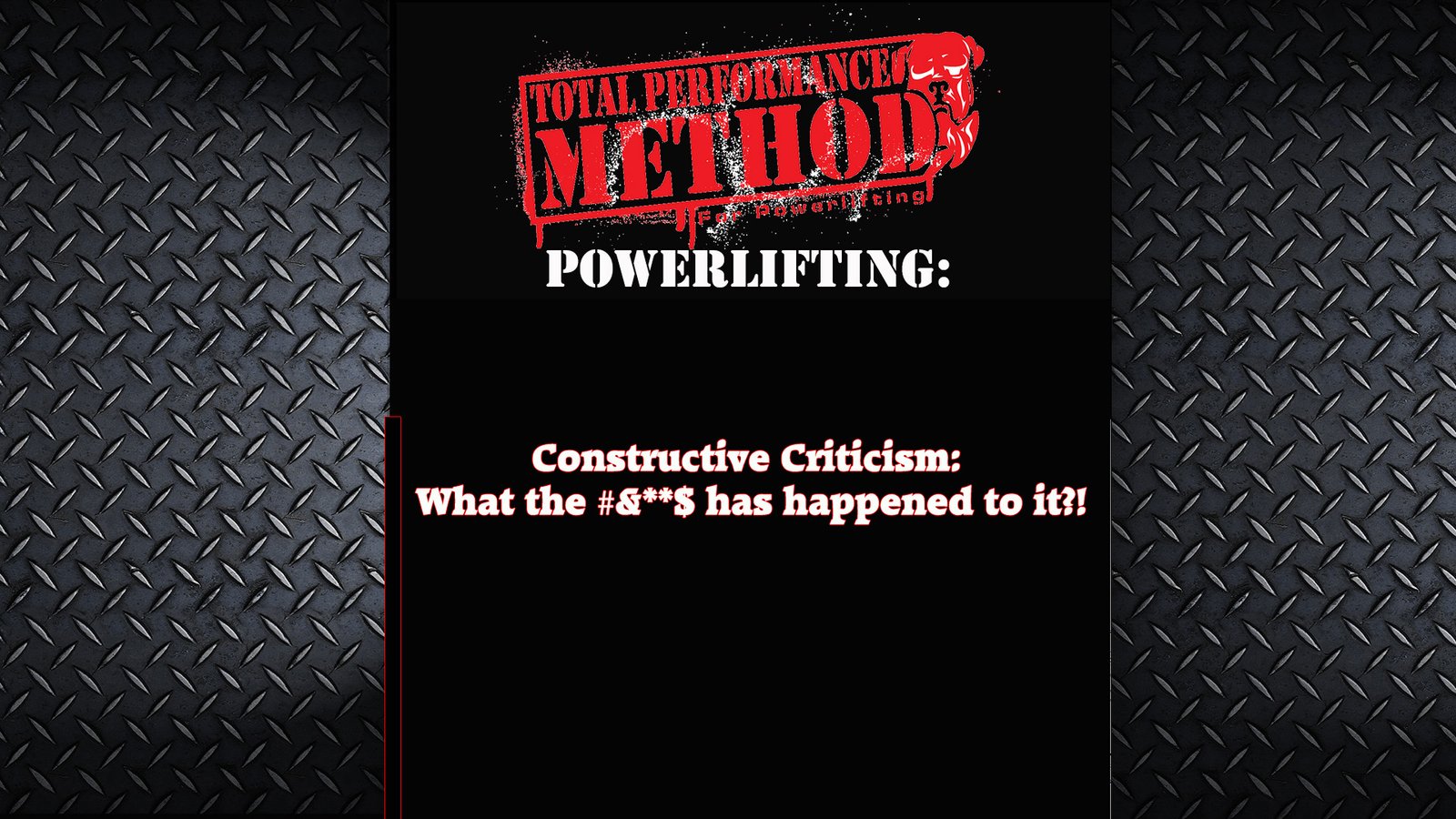


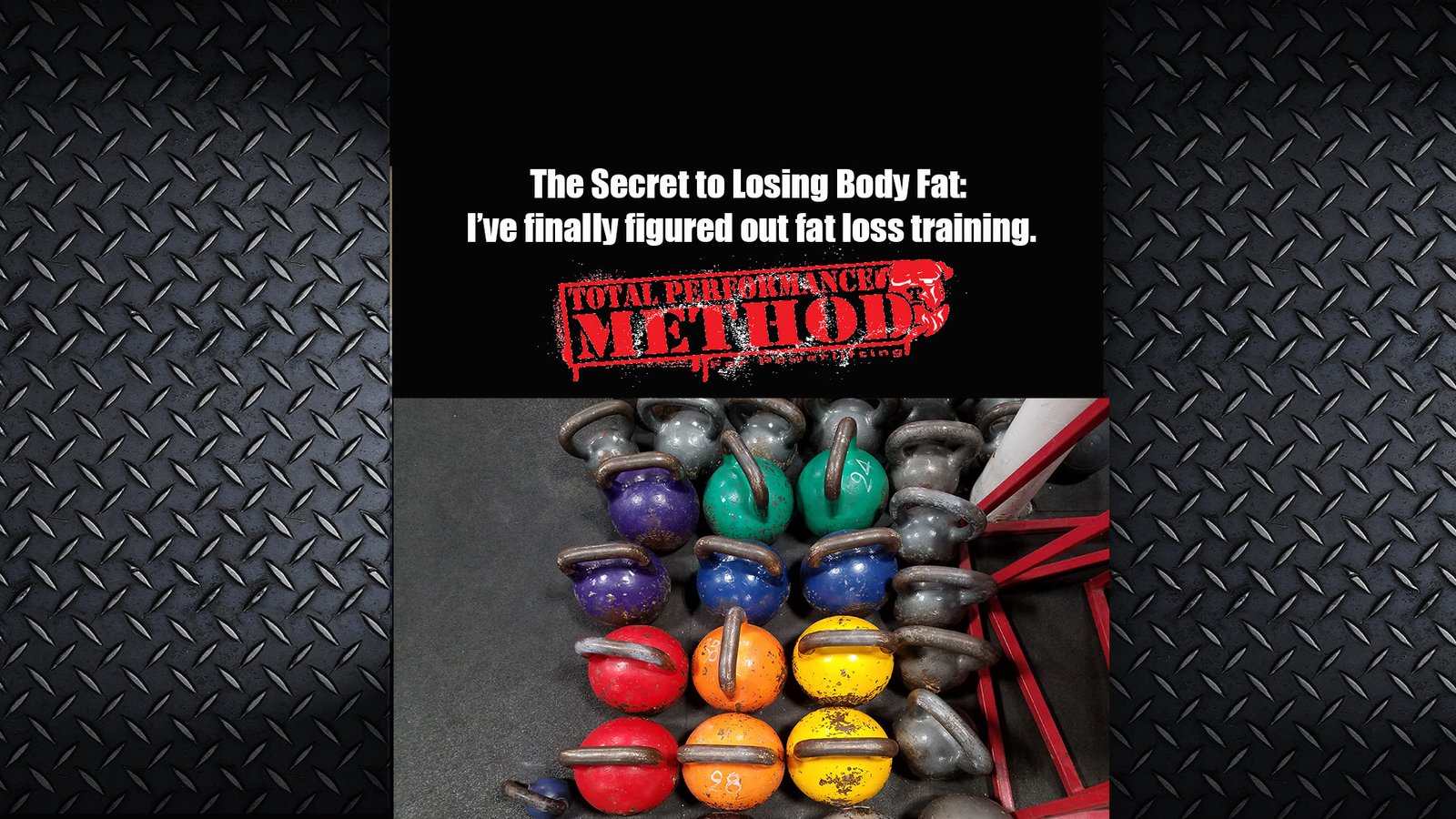
Leave A Comment